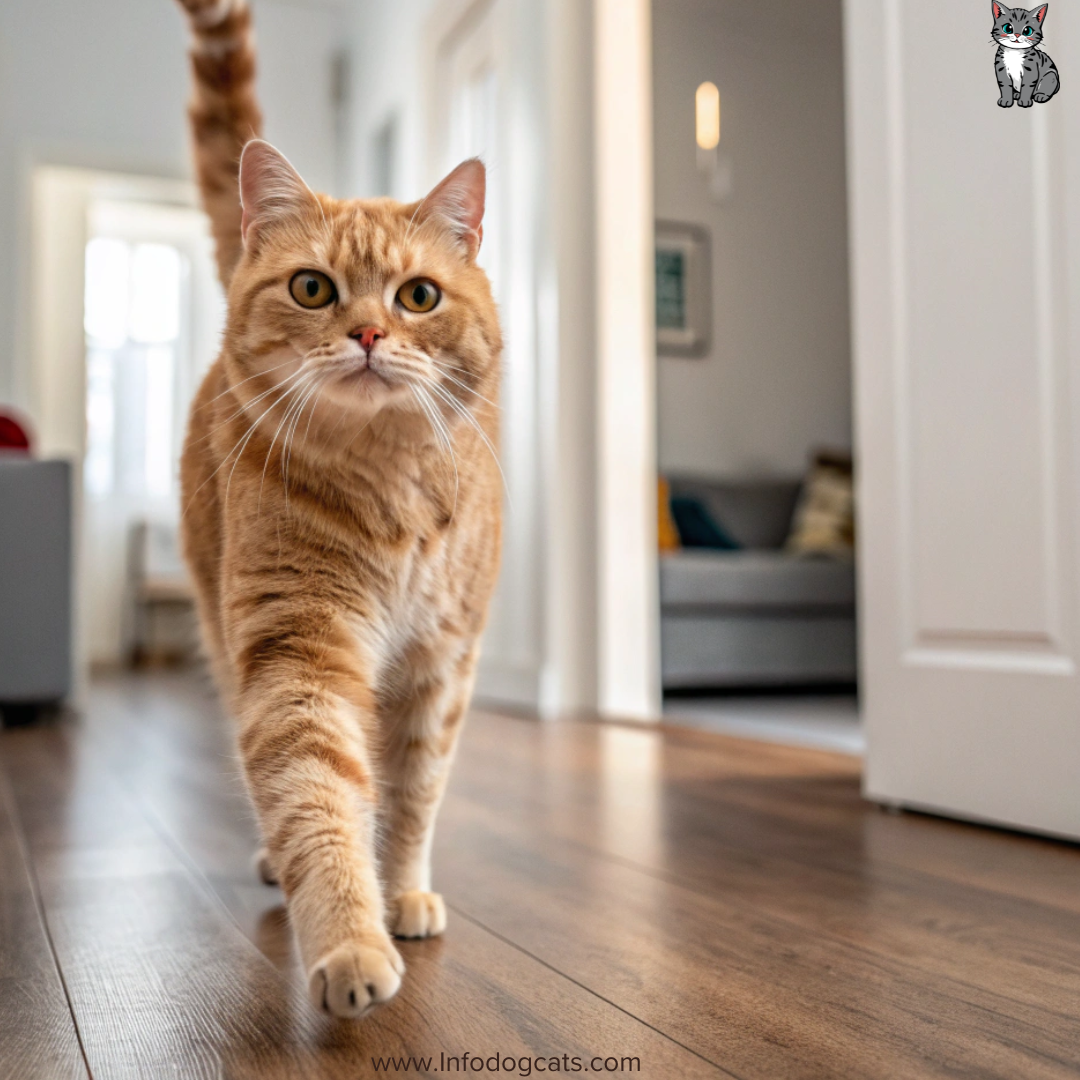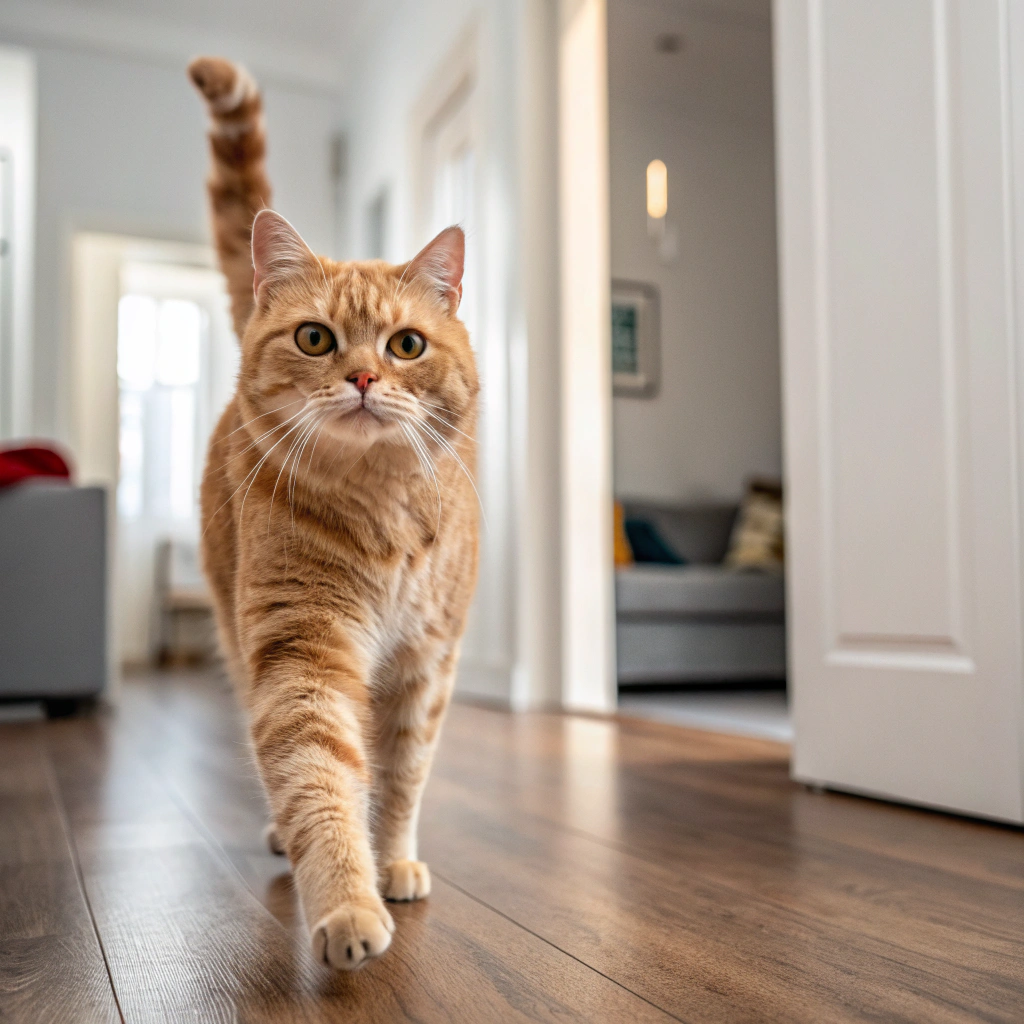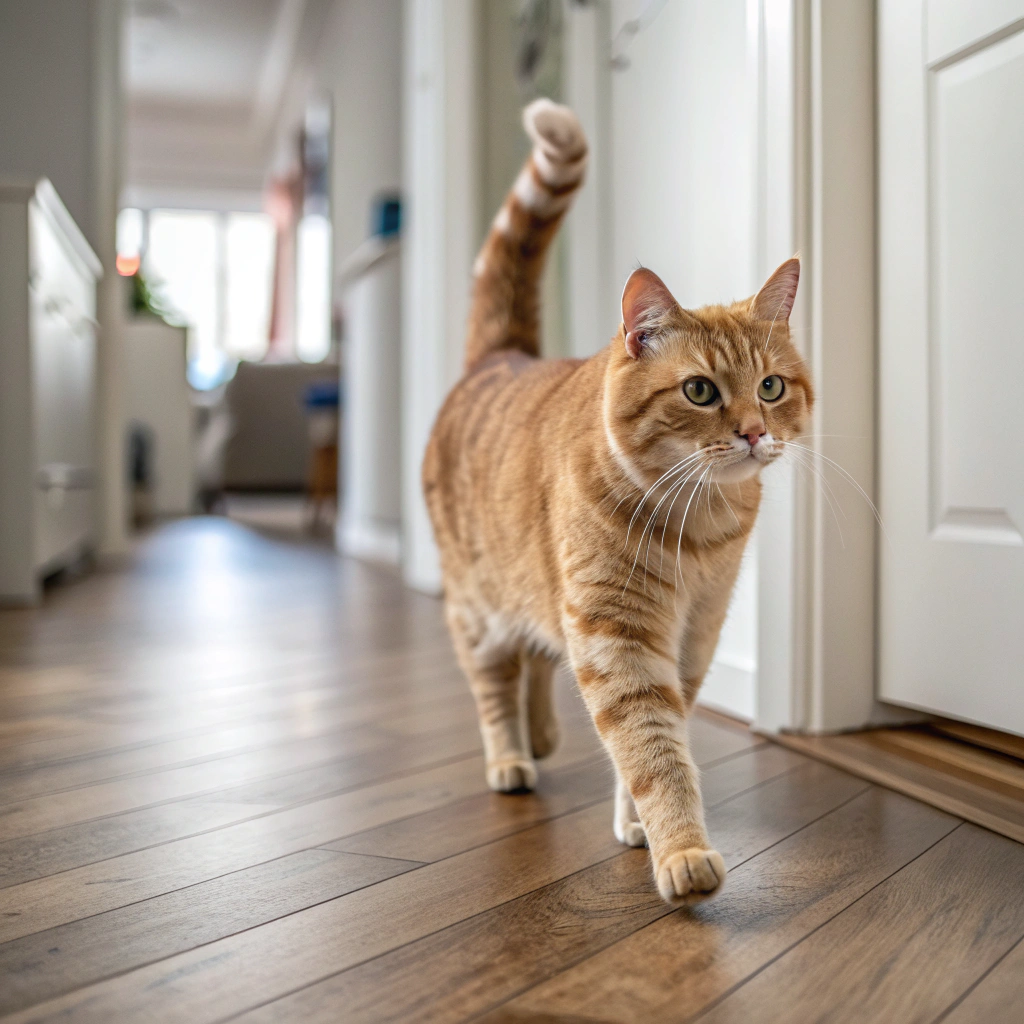Why Is My Cat Limping? Causes, Treatment, and When to See a Vet
Cats are known for their grace, agility, and ability to leap effortlessly onto high surfaces. So, when you notice your cat limping, it can be worrying. Limping is never normal and usually means something is wrong — whether it’s a minor paw injury, a sprain, or a more serious health condition. If you’ve been asking yourself, “Why is my cat limping?”, this guide will help you understand the possible causes, what to do at home, and when it’s time to take your cat to the vet.
Common Causes of Limping in Cats
Limping in cats can range from minor, temporary issues to more serious, long-term conditions. Below are the most common causes:
1. Minor Paw Problems
- Something stuck in the paw: Small stones, thorns, or splinters can easily lodge in a cat’s paw pad, causing discomfort.
- Torn or infected nails: Cats often get nails caught in carpets or scratching posts. This can cause bleeding, pain, or even infection.
- Ingrown nails: Common in older cats, nails can curl into the paw pad if not trimmed regularly, leading to pain and limping.
2. Injuries and Accidents
- Sprained leg or strained muscles: Jumping from a high surface or landing awkwardly can cause a temporary limp.
- Bone fracture or dislocation: These are more serious injuries often caused by falls, fights, or being hit by a car. Cats may refuse to put any weight on the affected leg.
- Animal bite or wound: Outdoor cats are especially at risk of bites from other cats or dogs, which can become infected quickly.
3. Chronic Health Conditions
- Arthritis: More common in older cats, arthritis causes stiff, painful joints, making it hard for them to walk normally.
- Hip dysplasia: Though rare in cats, this genetic condition causes abnormal hip joint development, leading to limping and discomfort.
- Degenerative disc disease: A spinal condition that may cause weakness or limping in the back legs.
4. Serious Medical Issues
- Infection: Untreated wounds, abscesses, or nail infections can make walking very painful.
- Cancer: In rare cases, bone or joint cancer can cause limping.
- Aortic thromboembolism (blood clot): A sudden, severe condition where a clot blocks blood flow to the hind legs, causing sudden lameness. This is an emergency.
- Neurological problems: Nerve damage or spinal injuries can affect the way your cat walks.
Why Is My Cat Limping but Acting Normal?
Sometimes a cat may limp yet continue to jump, play, and eat as usual. Cats are experts at hiding pain — a survival instinct passed down from their wild ancestors. Just because your cat seems otherwise normal doesn’t mean the limp isn’t serious. In mild cases, it could simply be a small splinter or a sore muscle that will heal quickly. However, ongoing or worsening limping should always be checked by a vet to rule out fractures, infections, or joint disease.
How Do I Tell if My Cat’s Leg Is Broken or Sprained?
A sprain usually causes mild to moderate limping, swelling, or sensitivity when the leg is touched. Cats may still put some weight on the leg.
A fracture or dislocation, on the other hand, is much more severe:
- The cat refuses to put any weight on the leg.
- The leg looks bent or twisted at an odd angle.
- There may be swelling, bruising, or an open wound.
- The cat may cry or hiss when you try to touch the area.
If you suspect a broken bone or dislocation, seek emergency veterinary care immediately. Do not attempt to splint or treat the injury at home.
What Should I Do if My Cat Is Limping?
If your cat is limping, here are some steps to take:
- Check the paws and nails – Look for cuts, swelling, foreign objects, or torn nails.
- Keep them calm and indoors – Limit activity to prevent further injury.
- Do not give human medication – Painkillers like ibuprofen or paracetamol are toxic to cats.
- Apply gentle first aid – If there’s a minor cut, clean it with warm water and monitor for signs of infection.
- Monitor for changes – If the limp improves within 24 hours and your cat seems otherwise fine, it may have been a minor strain.
Go to the vet immediately if:
- Your cat cannot walk at all.
- The leg looks abnormal (bent, swollen, bleeding).
- The cat is lethargic, crying, or hiding.
- The limp appears suddenly and severely.
How Long Does It Take for a Cat to Heal From Limping?
The recovery time depends on the cause:
- Minor sprain or strain – A few days to two weeks with rest.
- Torn nail or paw pad injury – Usually 1–2 weeks if cleaned and treated properly.
- Fracture or dislocation – 4–12 weeks with proper veterinary treatment.
- Arthritis – A long-term condition that requires ongoing management rather than full healing.
- Infections or abscesses – May heal within 1–2 weeks once treated with antibiotics.
Always follow your vet’s treatment plan for the best recovery outcome.
When to See the Vet Immediately
- Sudden and severe limping.
- Cat is unable to walk or bear weight.
- Visible bone, wound, or bleeding.
- Signs of infection (pus, swelling, heat).
- Limping combined with lethargy or loss of appetite.
- Both back legs affected (possible blood clot emergency).
Never ignore persistent limping — early veterinary care can prevent complications.
If you’ve been wondering, “Why is my cat limping?”, the truth is that there are many possible causes — from minor paw injuries to life-threatening conditions. While some limps may improve on their own, others require urgent veterinary care. As a cat owner, the best thing you can do is keep a close eye on your pet, look for signs of pain or injury, and seek professional advice when in doubt. Your cat depends on you to notice when something isn’t right. Taking limping seriously could make all the difference to their health and comfort.
FAQ: Limping in Cats
Why is my cat limping but not crying?
Cats rarely cry out in pain, even when seriously injured. Limping without crying still indicates discomfort and should be checked.
My cat is limping on the front leg — what could it mean?
Front-leg limping often points to paw injuries, torn nails, or sprains. It could also be arthritis or shoulder problems in older cats.
Can cats recover from limping on their own?
Minor strains may improve with rest, but most causes of limping require veterinary attention to prevent worsening.
Should I let my cat rest or encourage movement when limping?
Rest is best. Encourage quiet time indoors and avoid letting your cat jump until the cause is known.
Is cat limping always serious?
Not always — sometimes it’s just a splinter or sore paw. But since limping can also signal fractures, infections, or blood clots, it’s safest to get your cat checked.



